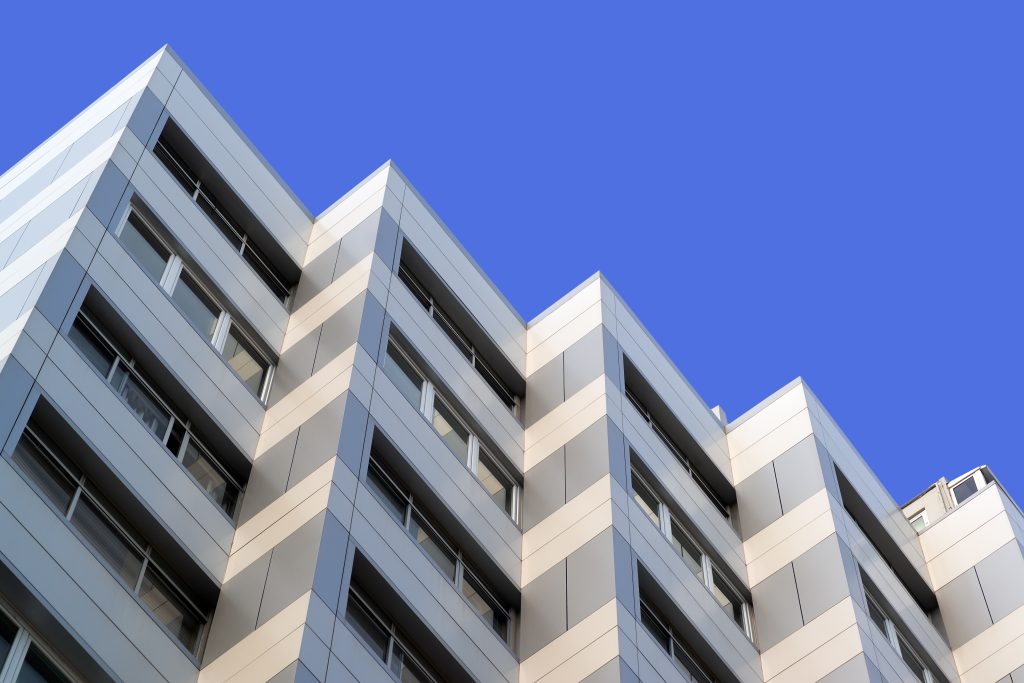Cladding on high-risk buildings may take years to remove

Cladding on high-risk buildings may take years to remove
It could take another three and half years to finish removing unsafe cladding from high-risk buildings across the UK, according to a recent analysis.
It may take until the end of 2024 to remove combustible ACM cladding from high-rise buildings that are considered to be at high risk in the event of a fire, as identified in the wake of the Grenfell Tower tragedy. This is based on a new analysis of figures from the Department for Levelling Up, Housing and Communities (DLHC).
The Grenfell Tower fire happened in June 2017, costing 72 people their lives. If work to remove unsafe cladding is not completed until the end of 2024 as predicted, this means it will have taken a total of seven and half years since the tragedy to carry out.
The new analysis is based on the rate of removal of unsafe cladding to date and the assumption that this rate will continue until all combustible cladding is removed from high-risk buildings.
Only £79 million of the £200 million in government grants made available to private leaseholders for the cost of removing combustible cladding from high-rise buildings has so far been claimed, the latest figures also revealed.
It is important to note that this prediction for how long it will take to remove unsafe cladding only includes buildings over 18 metres high. Buildings below this height with combustible cladding are considered to be at lower risk, and there are no official figures for how many of these buildings have unsafe cladding or how many have had this removed or are in the process of having it removed. It is therefore currently impossible to say how long it might take before combustible cladding is removed from all of the UK’s buildings.
How many high-rise buildings still have unsafe cladding?
462 high-rise residential buildings were identified as having dangerous cladding in the wake of the Grenfell Tower fire.
168 of these buildings were still being worked on, and a further 30 are still waiting for removal of the unsafe cladding to start, according to official DLHC figures from September. While some of the 168 buildings being worked on have had their cladding removed, they have not yet been signed off as safe.
How many buildings under 18 metres have dangerous cladding?
The government has previously admitted it has no data on how many buildings under 18 metres have dangerous cladding. While it has made £3.5 billion available to help remove cladding from these smaller buildings, this is in the form of a loan, rather than the grants provided from removing unsafe cladding from high-rise buildings.
While there is no legal requirement to remove ACM cladding from buildings under 18 metres, many residents, owners and management companies of these “lower risk” buildings with ACM cladding are still keen to replace it. As well as concerns over the fire risk, residents of these shorter buildings are often facing huge costs to replace dangerous cladding, as well as the cost of additional fire safety measures until the cladding is replaced and unsellable homes due to difficulties with securing mortgages on properties with ACM cladding.
Who is responsible for removing unsafe cladding?
One issue that has held up the process of removing unsafe cladding is exactly whose responsibility it is, especially when it comes to covering the cost of the remedial work.
In 2018, the then-Secretary of State for Housing, Communities and Local Government, James Brokenshire, said:
“There is a moral imperative for private sector landlords to do the right thing and remove unsafe cladding quickly, and not leave leaseholders to cover the cost.”
However, in March 2018, the First-Tier Tribunal (Property Chamber) ruled in a landmark case that the cost of replacing dangerous cladding was recoverable from leaseholders. So, while the government may have wanted landlords to cover these costs, there is not necessarily any legal necessity for them to do so.
Whether or not landlords can pass on the cost of replacing cladding to leaseholders will depend on the terms of their leases. Even if there is no specific provision in the lease that would cover this exact scenario, it is possible the freeholder could still hold the leaseholder liable for the cost of removing and replacing unsafe cladding under a ‘sweeping up’ clause.
Sweeping up clauses effectively state that a landlord may do anything they think is necessary for the benefit of the building with reasonable costs for doing so being covered by the leaseholders. This can mean that leaseholders would potentially be liable for ‘reasonable’ cladding costs, as well as costs such as providing enhanced fire safety measures.
Consult our combustible cladding claims experts
Since the Grenfell Tower tragedy, IBB Law has been at the forefront of advising on claims arising from combustible cladding. Partner Andrew Olins is recognised as a leading expert in this rapidly developing area, having represented a number of clients, including in complex, multi-party claims.
IBB Law has a long-established reputation for excellence in construction and property litigation, being ranked Band 1 by Chambers & Partners for our expertise in both Construction Law and Real Estate Litigation.
We have experience advising parties from all sides of combustible cladding disputes, so can provide a comprehensive view of these challenging matters. We take a pragmatic approach, with our focus always being on what is best for our clients’ immediate and long-term needs.
Our team is skilled in negotiating early settlements, with expertise in a range of alternative dispute resolution options, including mediation, as well as being fierce litigators where the situation calls for a more robust approach.
To discuss a potential cladding claim with our expert team, please contact Andrew Olins or Charles Grossman who will be happy to advise you.
